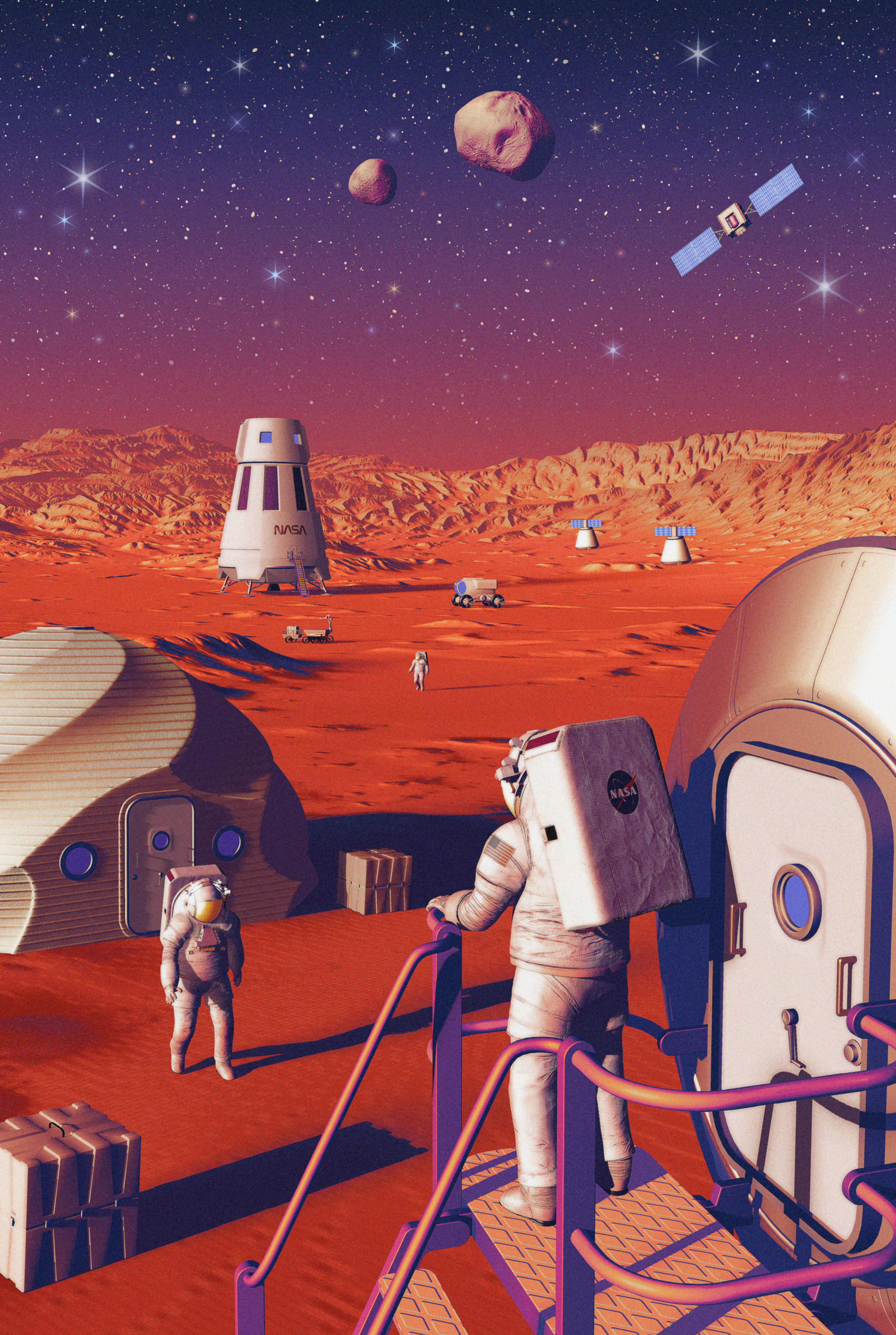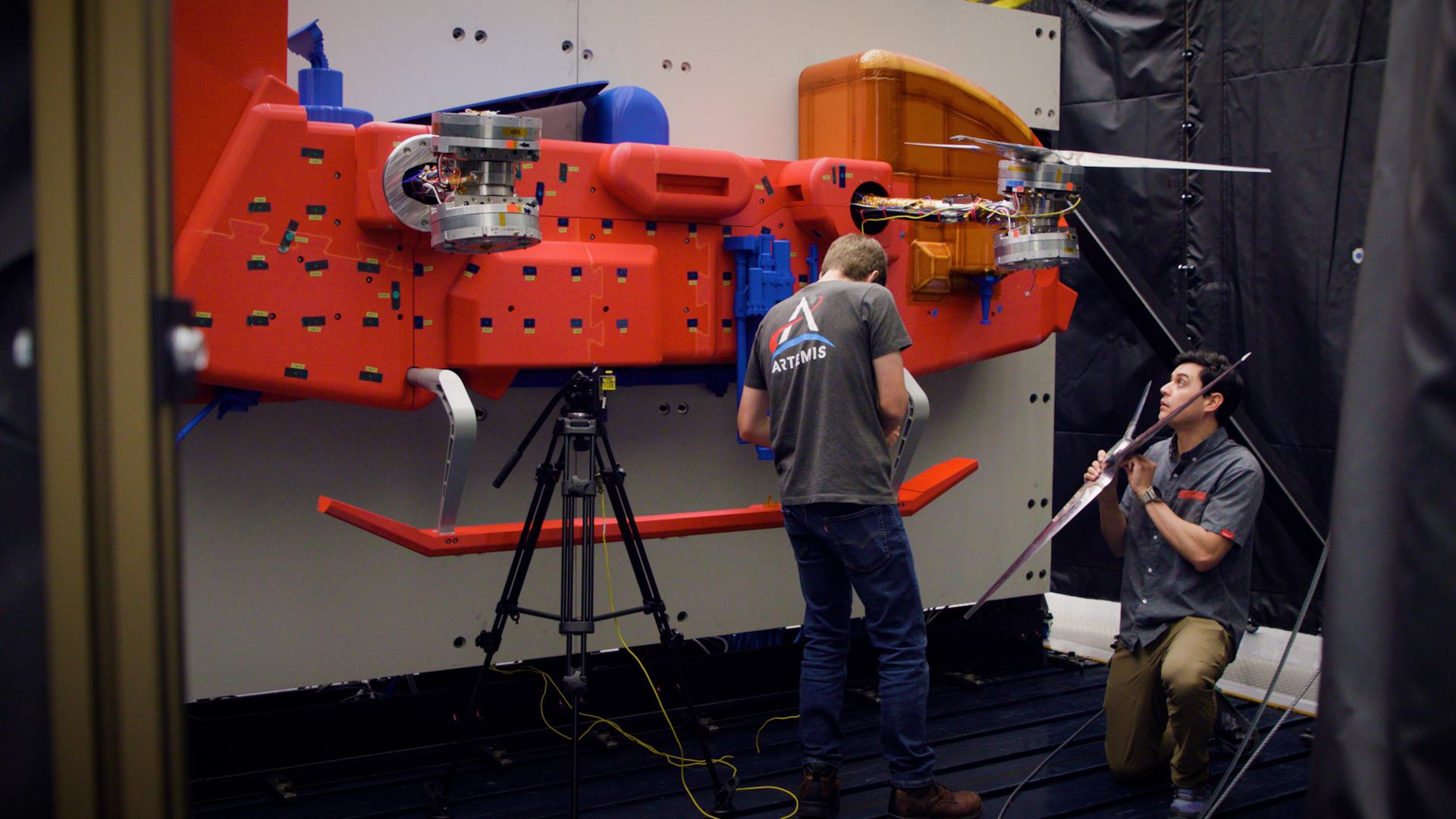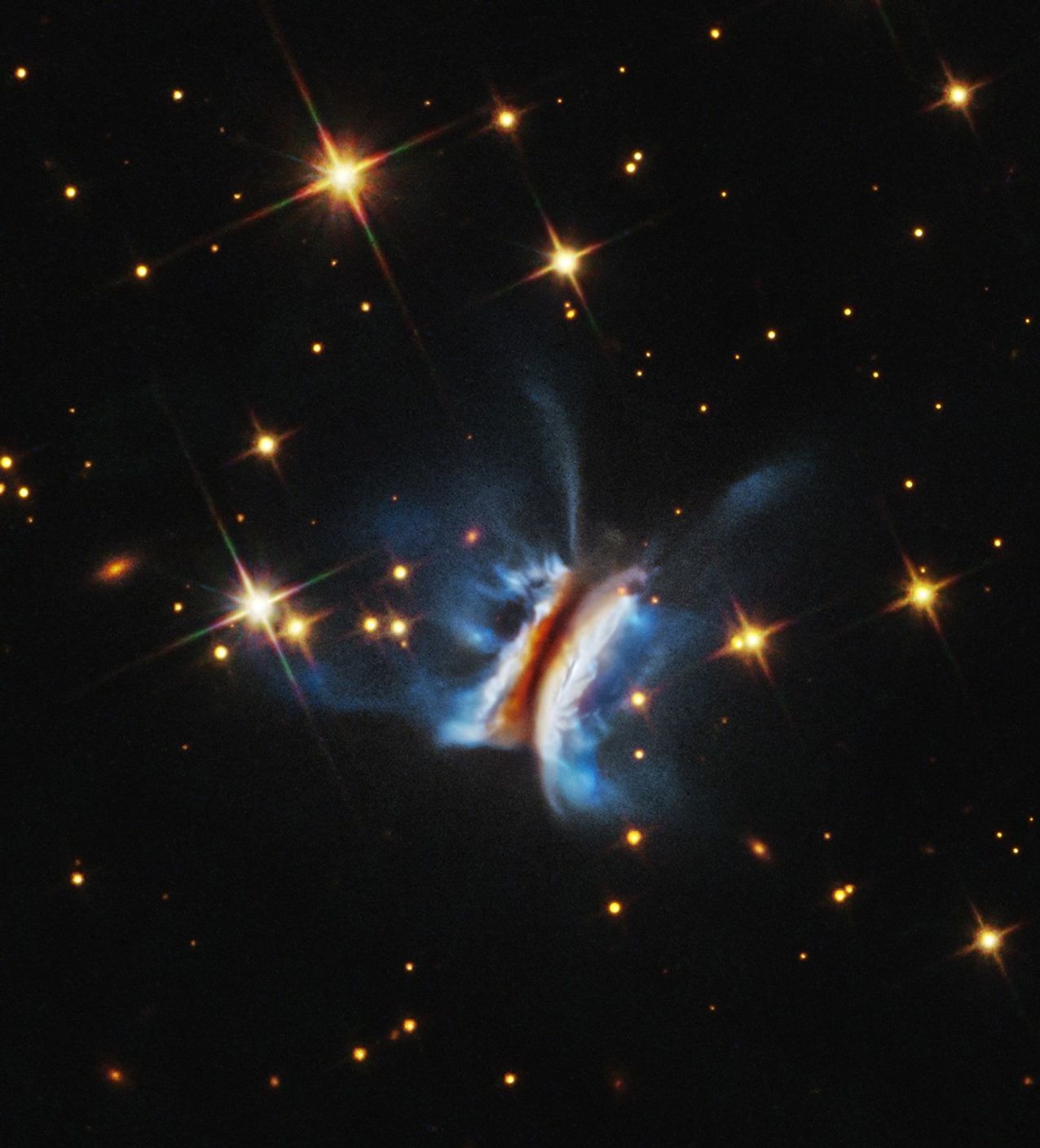On February 15, 2013, a house-sized meteor entered into Earth’s atmosphere at over 40,000 mph and exploded 14 miles above Chelyabinsk, Russia. The blast – wielding more than 30 times the energy of the Hiroshima atom bomb – generated a shock wave that shattered windows and damaged buildings in several Russian cities, injuring over 1600 people.
Lindley Johnson is the Planetary Defense Officer at NASA Headquarters.
“The Chelyabinsk event was an ominous warning shot. It drew attention to what should be done to detect even larger asteroids that could possibly strike our planet.”
According to Johnson, the need for worldwide collaboration in asteroid detection and tracking was already recognized, but Chelyabinsk was a spectacular reminder.
It was also an ironic coincidence.
“Our report with recommendations on what should be done about the hazard from near-Earth objects (NEOs) was being presented at a U.N. committee meeting that very same day.”
That coincidence helped lead to a coordinated effort among many nations to keep a closer eye on the sky. In 2013, the United Nations endorsed the creation of the International Asteroid Warning Network (IAWN), for which observatories around the world regularly search the skies to find and track asteroids and comets whose orbits periodically bring them within 30 million miles of Earth’s orbit. Additionally, NASA established the Planetary Defense Coordination Office (PDCO) in 2016 to organize the near-Earth object search and to plan and coordinate any response to possible asteroid impacts.
So, how well would the IAWN, the PDCO, and their partners work together if an object was flying into Earth’s neighborhood?
October 2017 presented a golden opportunity for asteroid trackers around the world to test their ability to operate as a coordinated network. Led by the US, IAWN mounted a practice observation campaign to find and track a small asteroid named 2012 TC4, first detected in 2012. While this asteroid posed no risk of impact with Earth, it was predicted to come back into view in the fall of 2017 with a very close approach.
Observers with the European Space Agency and the European Southern Observatory were the first to re-acquire 2012 TC4 in late July 2017 by calculating where to look with an 8-meter aperture telescope in Chile. Then, more than a dozen observatories, universities, and space labs around the globe detected 2012 TC4 and reported their observations to the Minor Planet Center at the Smithsonian Astrophysical Observatory where experts calculate asteroid orbits to identify any danger to Earth.
As expected, the object approached and passed by Earth on October 12, 2017.
Dr. Kelly Fast is manager of NASA’s NEO Observations Program at NASA Headquarters.
“This was a very successful exercise for the IAWN with precise prediction of the orbit and tracking of the asteroid. It passed about 27,000 miles from Earth’s surface – only a tenth of the distance to our Moon.”
NASA’s NEO Observations Program focuses on finding asteroids 460 feet (140 meters) and larger. The goal is to find any of these asteroids that could be an impact hazard early enough to allow deflection by either a gravity tractor or a kinetic impactor.
“While no known asteroid larger than 140 meters in size has a significant chance to hit Earth for the next 100 years, only about one-third of the estimated total population of that size and larger has been found to date.”
So, the international asteroid hunt goes on.
For more on asteroid hunting and other cosmic adventures, visit science.nasa.gov.
































